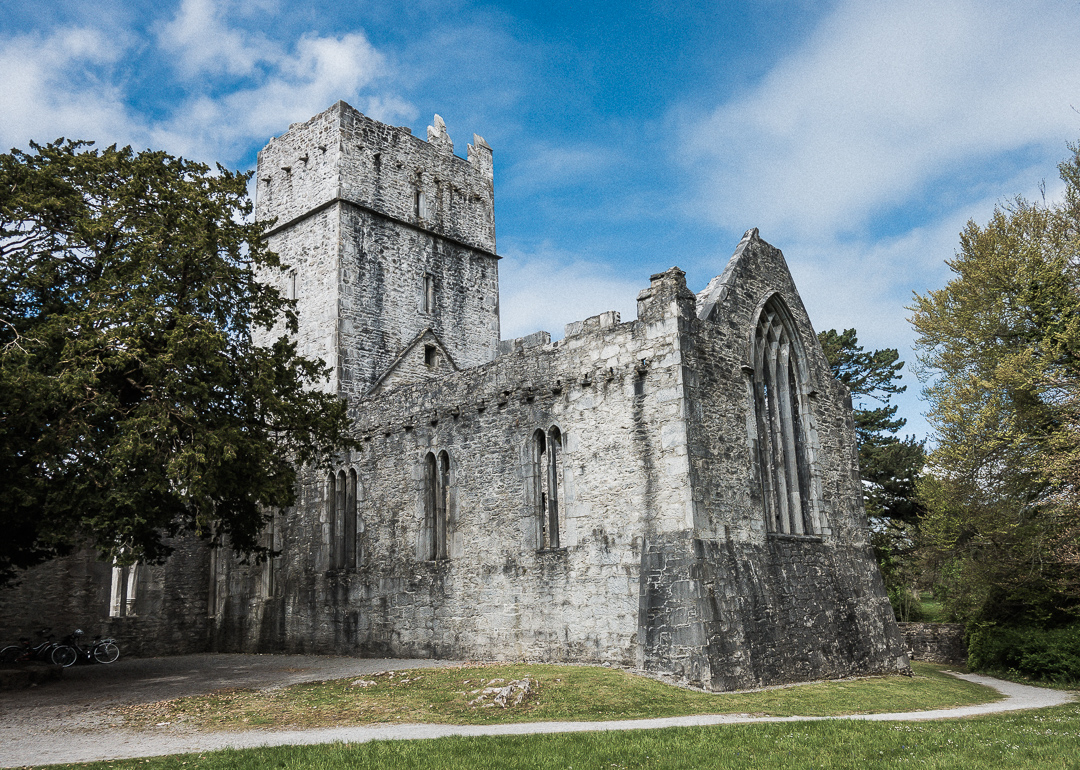Thanks to all the dedicated club members who made it to our last meeting of the season. It was such a nice evening to be outside enjoying nature, but we had a good time anyways. The next meeting will be September 14, 2017.
The theme for the summer is “Fun in the Sun”
The products that were mentioned during the meeting were:
Here is a recap of the my presentation on travel photography. Thanks again to Gilles Bisson for his helpful article.
1.Memory cards
a) Always carry multiple memory cards. Beware of those large
memory cards….do you really want to have 4,000 or more
photos all on the same card?
b) Start your trip with empty cards.
It is better to format your cards rather than just erasing/deleting the photos.
Formatting the card resets the file index, perhaps making it a little less
likely to become corrupted over time…better safe than sorry.
Format your cards with the camera you plan on using and not
using your computer or another camera.
c) Plan on how you are going to backup your photos on the road.
2. Batteries
Rechargeable batteries do not last forever.
bring spares and don’t forget to pack your charger.
3. Prepare for the weather
a) Some cameras don’t do well in the rain. Get a
plastic sleeve to cover the camera and the lens.
b) Be mindful of humidity. Going from an airconditioned
vehicle into hot humid air can cause
condensation on your lenses and/or inside the
camera. Bring a plastic bag large enough to
accommodate your camera and lens (white
garbage bag works well)…your camera can be
safely acclimatized in the bag while you scout
your next shot.
4. Camera Gear
a) Minimize the gear….take what is necessary and
leave the rest at home. But, take your tripod if
you can …or a least a monopod.
b) Bring a few lens cleaning cloths with you and
carry one with you at all times. Check your lens
regularly. There is nothing more frustrating than
getting home and finding traces of fresh/dry rain
drops or smudges in the middle of your images.
Clean your lens with your hot breath…no need
for liquid cleaner.
c) pack safe
5. Exposure
a) Shoot in Raw format.
b) Consider bracketing. … 3 shots…spaced by 1
or more stops. I have used this method often
and it is a great way to ensure you get the full
dynamic range of the scene…..just combine the
three in post-processing.
6. Shooting through glass
a) press lens against glass
b) try to eliminate light hitting glass
7. Telling a Complete story
a) Don’t forget to take pictures of the
signs. If you want to work on a
book or album later, it’s always nice
to have photos of the signs from
various places you visited.
b) Setting
shoot overview of the location
panorama works well
c) Characters
include people to tell more complete story
add scale to landscapes
d) Action
capture images that show what is happening
look for action
e) Details
8. Final Thoughts
a) Minimize the annoying camera geek factor. Don’t look like a target
b) respect your surroundings, including your fellow travellers
c) don’t forget to savour the scenery. Experience where you are.
